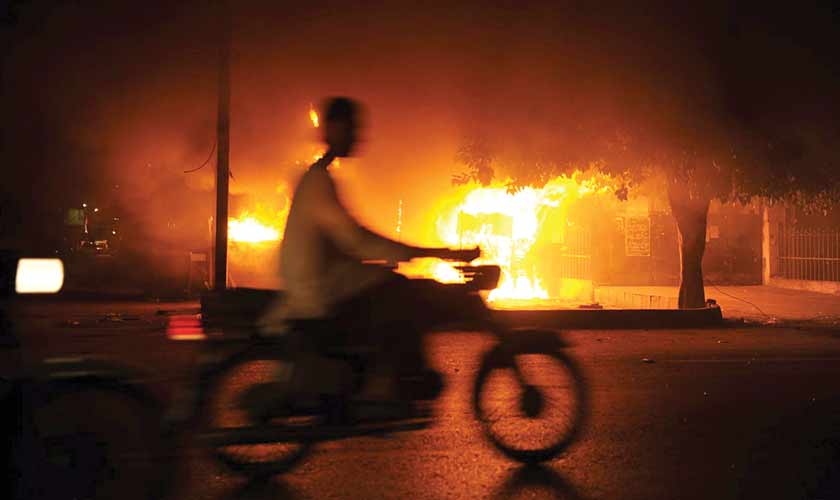Throughout history, divide-and-rule has been a key strategy used by external forces to weaken nations from within. Pakistan, with its diverse ethnic and sectarian landscape, has been a prime target of this tactic. The goal is simple: fuel internal divisions to create chaos, weaken national unity, and destabilize the state.
By engineering ethnic and sectarian conflicts, hostile forces attempt to divert Pakistan’s focus from development and security toward internal strife.
One of the most potent tools in this strategy is the exploitation of ethnic identities. Pakistan is home to a rich cultural mosaic, with Punjabis, Sindhis, Baloch, Pashtuns, and several other ethnic groups coexisting. However, external actors have consistently sought to magnify differences, promoting separatist ideologies and insurgencies.
The Baloch insurgency, for instance, has been fueled by foreign funding and misinformation, portraying an exaggerated narrative of oppression to incite rebellion. Similarly, attempts have been made to stoke tensions between urban and rural Sindh, disrupting the province’s harmony.
Sectarian conflicts are another major front where Pakistan has been systematically targeted. The Sunni-Shia divide has been exacerbated through foreign influence, with certain groups receiving funding and ideological backing to spread sectarian hatred.
This has resulted in targeted killings, sectarian riots, and the creation of extremist factions that serve foreign interests rather than national unity. The rise of militant groups, often acting as proxies for larger geopolitical players, has led to devastating violence, hindering Pakistan’s progress and tarnishing its image internationally.
The role of social media and digital propaganda cannot be ignored in this engineered conflict. Fake news, doctored videos, and misleading narratives are circulated to inflame ethnic and sectarian sentiments.
Many of these campaigns originate from hostile intelligence agencies that aim to create discord within Pakistan’s society. By using social media as a battlefield, adversaries manipulate public perception, turning citizens against each other and against state institutions.
Despite these challenges, Pakistan has shown resilience in countering these divide-and-rule tactics. The armed forces, intelligence agencies, and law enforcement have worked relentlessly to dismantle networks that thrive on sowing division.
National integration efforts, such as inter-provincial exchange programs and inclusive policies, have helped strengthen unity among diverse communities. Furthermore, religious scholars and community leaders have played a crucial role in promoting sectarian harmony and discouraging extremist narratives.
However, the battle is far from over. The state must continue to invest in national cohesion by addressing grievances that can be exploited by external forces. Economic development in underprivileged areas, representation of all ethnic groups in governance, and strict action against hate speech are essential steps.
Additionally, digital literacy programs should be promoted to help citizens identify and resist divisive propaganda.
The divide-and-rule strategy is an old but effective tool of destabilization, and Pakistan must remain vigilant against it. Strengthening national unity, fostering an inclusive identity, and countering misinformation with truth are the only ways to neutralize this threat. A united Pakistan is its greatest defense against those who seek to tear it apart from within.


